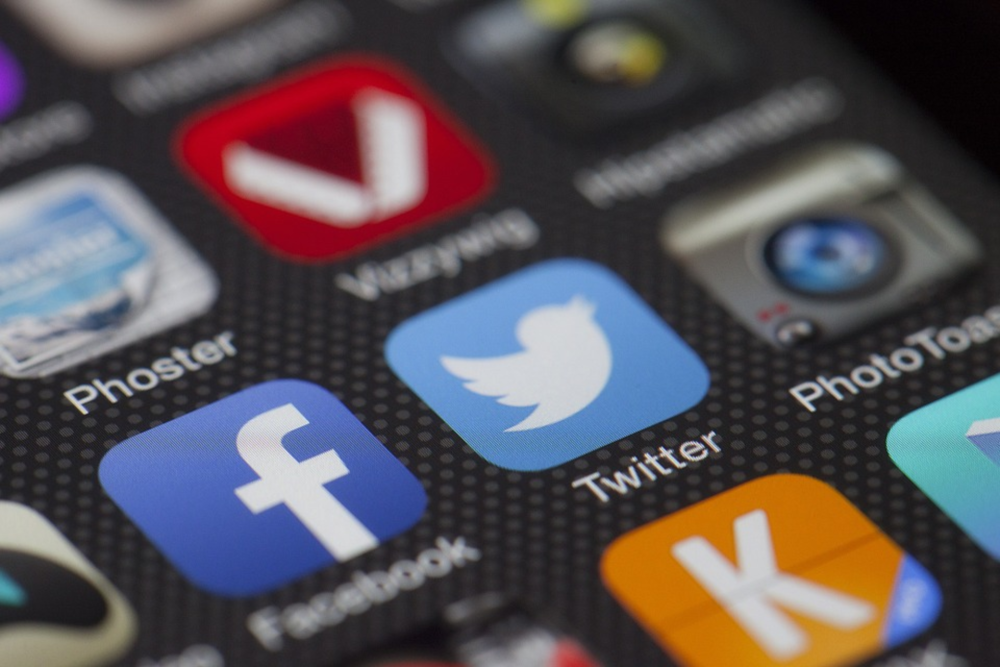Twitter is expanding their paid social offerings…but is it worth it?
Earlier this year, Twitter released “Promote Mode,” an “always on” paid social subscription service. For $99 a month, Twitter will automatically promote a select number of tweets each day to a pre-set target audience. Promote Mode targeting is more limited than traditional Twitter Ad campaigns. Currently, users can only target up to “five interests, metro locations or regions within your selected country.”
The move follows suit with other social platforms that already have “set it and forget it” options as an alternative to their traditional ad platforms. Facebook offers a similar subscription auto-promote program for their pages. Facebook’s model is more complex, allowing users to target for brand awareness, local awareness or website clicks, at a set budget that starts at a minimum $35 a month.
But does it work?
As we’ve said before, relying only on a “set it and forget it” strategy comes with its own set of issues. These programs rely on default settings, with limited options to improve and optimize campaigns. While brand awareness and engagement can be beneficial for smaller brands looking to increase visibility, these metrics are often the ones that are least tied to conversion.
“For a while, people thought social media was all about engagement,” Brittany Richter, VP Head of Social Media at iProspect, said. “I think it’s about taking a step back and saying ‘let’s not think about social for social, let’s think about social for business objectives.’”
Historically, social advertising began as an outlet primarily focused on brand awareness and engagement. However, as more sophisticated technologies emerged that allowed brands accurately to track and tie social campaigns to ROI, the need for more comprehensive strategies became more pressimg, with the space becoming more crowded – and costly.
“Over the past couple of years, we’ve seen paid social grow tremendously in terms of the amount of spend our clients are putting in, and that’s because the platforms are creating products that actually create ROI,” Richter said.
Why optimization matters
Paid social campaigns need TLC to truly be successful. That means constant evaluation, re-evaluation, tracking and optimization to fine-tune targeting and communication with the right audiences.
“There’s been a tremendous amount of change – there’s updates that happen every single day – and it’s getting very complicated, but very sophisticated,” Richter said.
Simply put – what’s working now may not work as well a month from now, and paying a set monthly fee may not always deliver the best opportunity as adjusting your bidding strategy could provide. There’s also other factors, like content fatigue and seasonal campaigns that become exhausted or need regular refreshing in order to stay relevant.
“It’s a lot different to set up a campaign for awareness or perception, than one to drive sales,” Richter said.
When thinking about ROI driven social strategy, Richter suggests starting with the basics:
- Identify brand challenges
- Outline goals and metrics for ROI
- Select target audience
- Identify the right social platforms and content for campaign
- Outline budgets for bidding
And then there’s content
As content delivery becomes more sophisticated, brands also need to consider the types of ads they’re producing. As Facebook moves to expand their AR capabilities into 2018, and video continues to dominate as one of the top mediums for engagement, brands need continuously to adapt to changing environments in order to remain competitive.
“The content has to be right. When we first see things launch, we see brands try to jump on opportunities, but aren’t willing to create or tweak their content to fit these new opportunities – and it doesn’t work,” Richter said.
The bottom line
When it comes to evaluating the right paid social strategy, it really comes down to brand goals. Auto-promotion may be beneficial for smaller brands with more limited budgets simply looking to get their name out there. However, these campaigns need sophisticated targeting, strong content, regular evaluation and optimization to really become a source of revenue.







